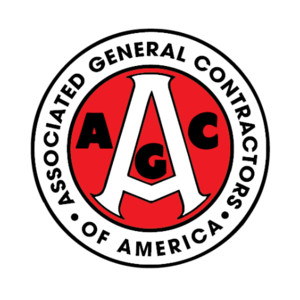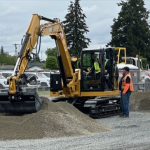Bullet train between Vancouver and Portland?
The prospect of the Pacific Northwest’s largest cities being connected by a train capable of traveling 250 mph or faster received a nudge from the state Legislature as the recently enacted supplemental transportation budget included up to $1.2 million toward a business-case analysis for a high-speed rail line between Vancouver, BC, Seattle and Portland.
Project proponents – particularly Gov. Inslee – argue that a high-speed rail line in the region could facilitate billions of dollars in economic activity and create hundreds of thousands of jobs in the corridor. The rail line would, in effect, shrink the distances between the region’s major cities, turning a more than three-hour drive into an hour’s ride.
The route’s alignment and stop locations are yet to be determined, but the new analysis will look at building stations in several Washington cities.
British Columbia Premier John Horgan announced his provincial government would contribute $300,000 toward the analysis.
“We have taken the first step… Washington conducted a feasibility study, and it came back with nothing but optimism,” Inslee said, referencing a study submitted to the Legislature last December that predicted the route could have up to 2.1 million riders annually by 2035, and could cost between $24 billion and $42 billion to construct. “This is the second step. It is a business-case analysis. It is designed to bring stakeholders in so we can listen to the industries that could be benefitted — and there are many in this regard.”
The first study referenced by Gov. Inslee provided what some consider the astronomical cost estimate of $24-$42 billion. CH2M, which conducted the first study, examined several different train technologies that could whisk you along the I-5 corridor at 250 miles per hour or faster. The options reviewed include: high-speed rail as found in Europe and East Asia; even faster magnetic levitation—or maglev—trains in limited use in Asia; and the still conceptual Hyperloop, which involves passenger capsules propelled through tubes or tunnels maintained in partial vacuum.
Department of Transportation and Washington State Department of Commerce representatives from Oregon and British Columbia will also be invited to join the advisory group in addition to several state legislators, representatives in communities along the study corridor, and stakeholders from the public and private sectors. The study will likely conduct a market analysis of potential riders by areas served and evaluate a variety of relevant factors (e.g., service levels, operational model, equipment needs, ridership, comparative market analysis, public-private partnership scenarios, and financing and fares).
The business case analysis on high-speed rail is due by June 30, 2019, which will give time for policymakers to prepare for next steps they could take in the 2020 legislative session.








